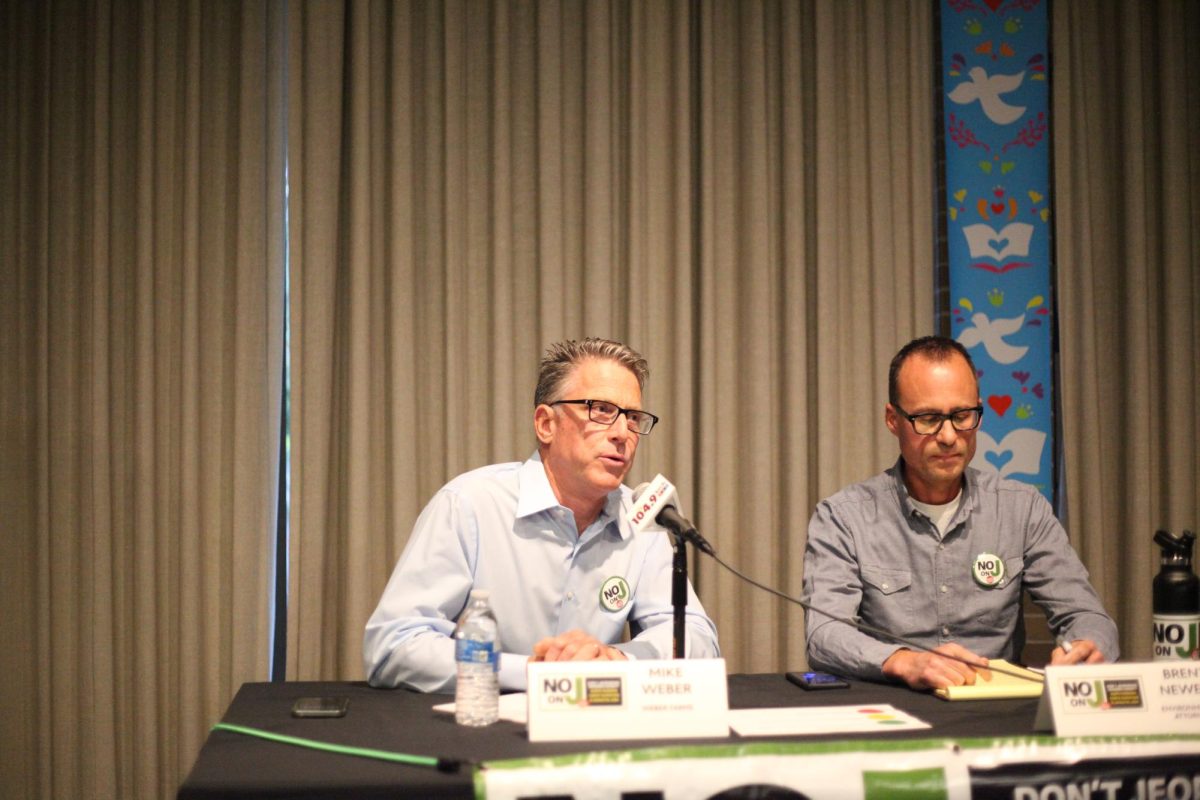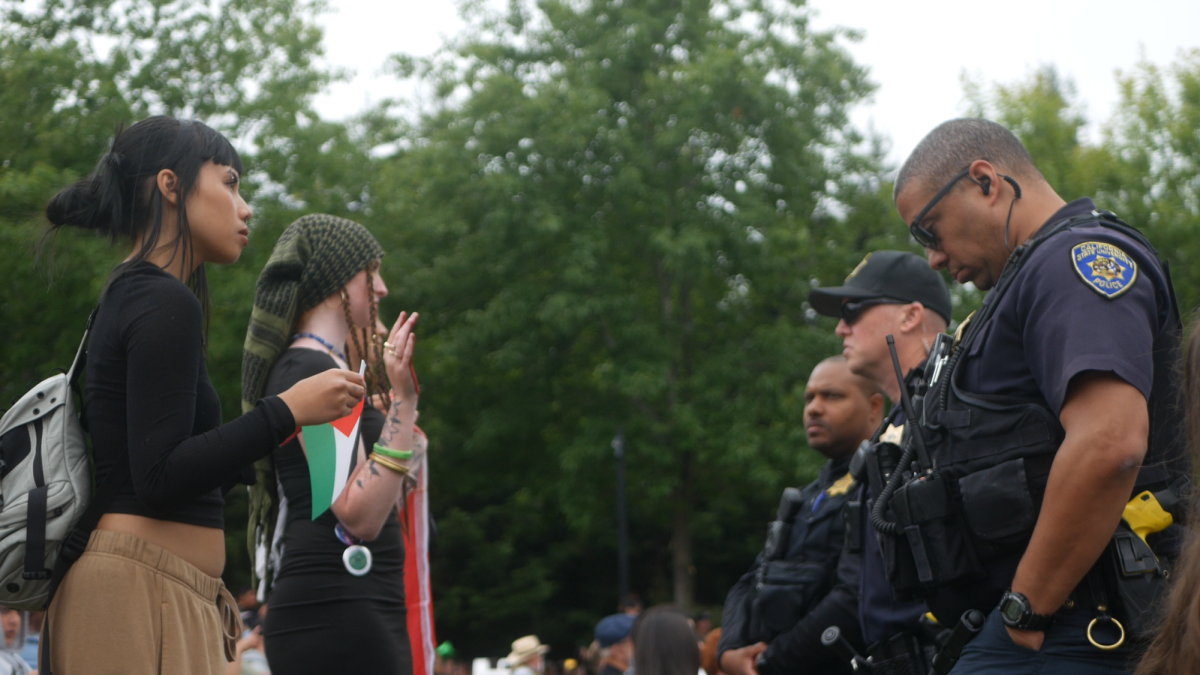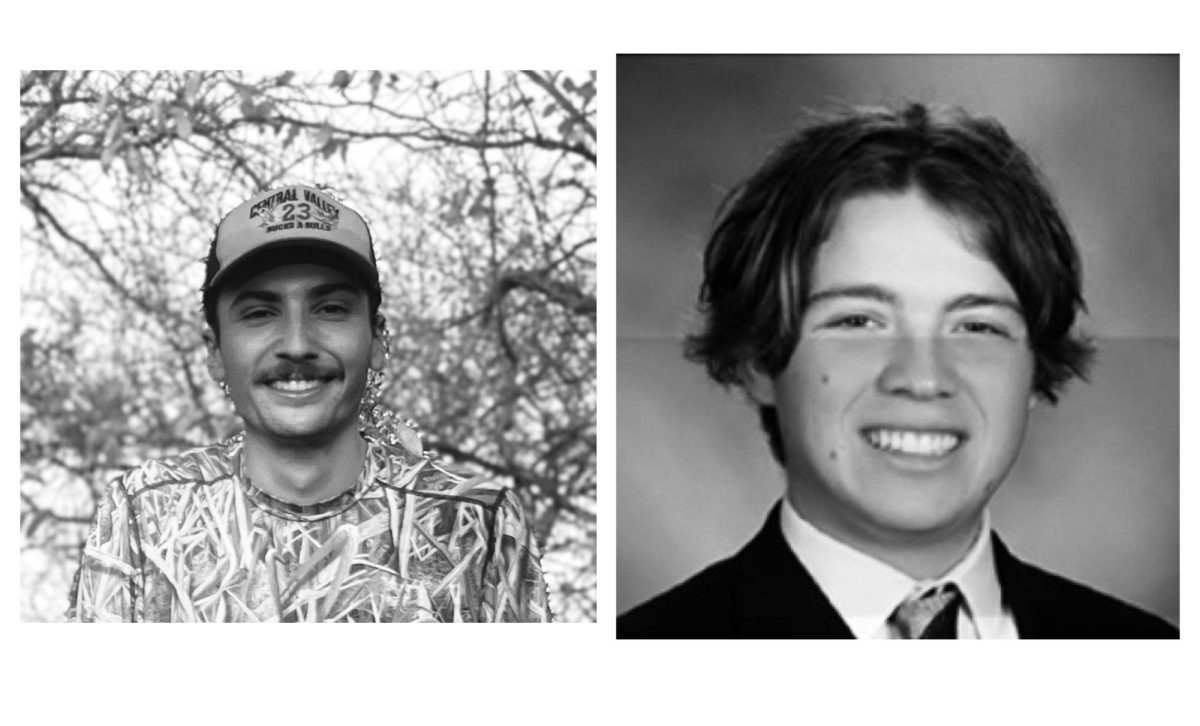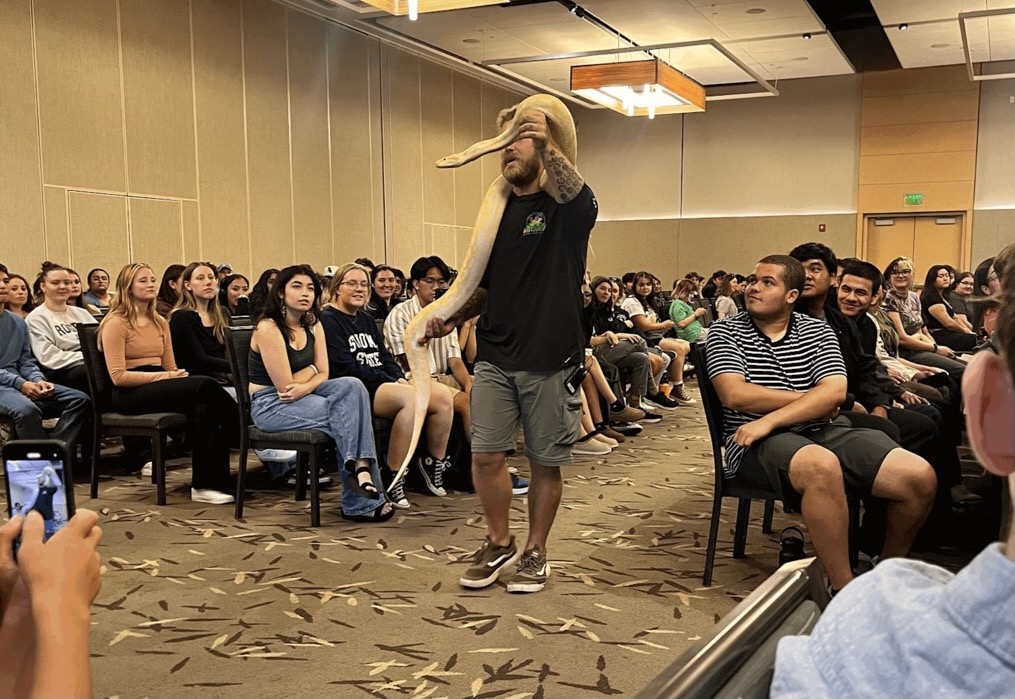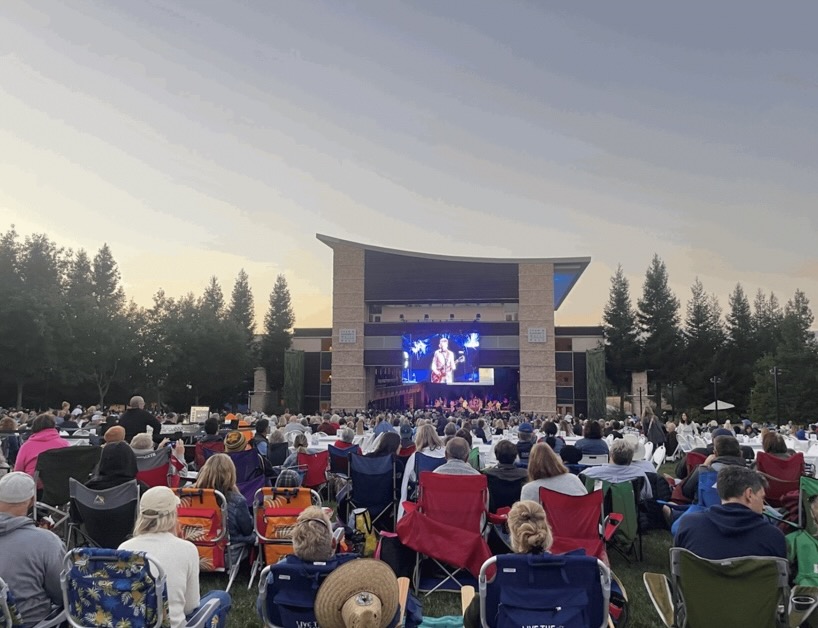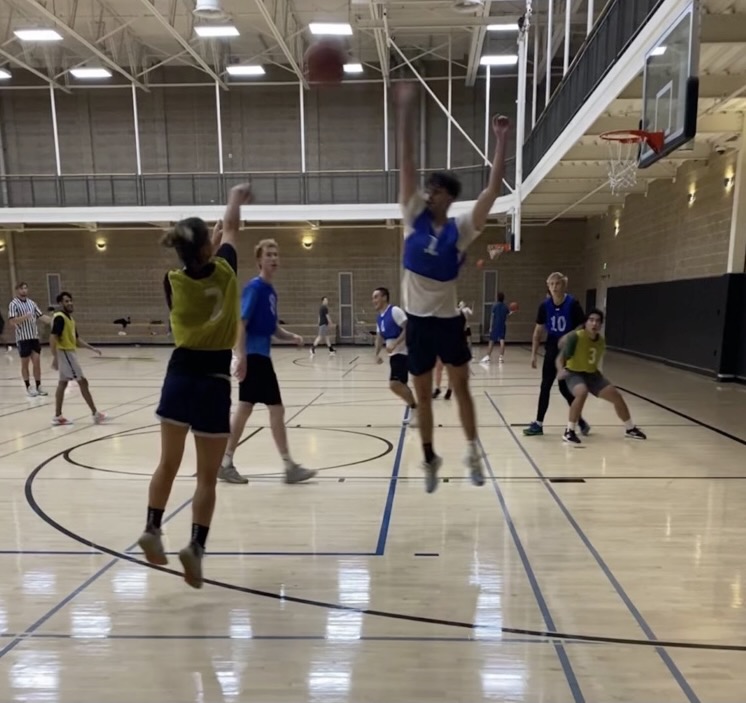“This is performance art,” said Chicano Latino Studies major Amanda Martinez-Morrison, “It’s not a typical medium for Weill Hall.”
She was absolutely right. Reverse anthropologist Guillermo Gómez-Peña graced Sonoma State University with his presence Wednesday evening with his performance titled, “Imaginary Activism: The Role of the Artist Beyond the Art World” as part of the Latino Art Performance and Social Justice series at Sonoma State University.
Martinez-Morrison presented Gómez-Peña on stage to an audience full of Sonoma State Students. “He is a post-national Mexican gone rogue,” Martinez-Morrison said.
Gómez-Peña is known to illustrate various forms of self-expression, such as spoken poetry, to create a conversation about his main focus regarding the politics of Latinos in America.
With his performance activism, Gomez-Peña forces his audience to examine culture, race, sexuality and stereotypes in relation to American Society.
Since Gómez-Peña thrives on an intimacy with his audience, the audience was asked to sit as close to the stage as possible. After the audience obliged, Gómez-Peña stalked onto the stage wearing black leather boots, tight-fit pants with a skirt-like fabric hanging from around his hips, a studded belt, blazer, and a black hat.
He didn’t speak initially. Instead, he grasped a fragrance spray and ferociously sprayed it in each direction of the stage.
He began his first spoken poetry piece: “There is no place like no home.”
Following his first piece, he engaged his audience by asking them questions, such as how many people identified as white or people of color in the audience.
The rest of the evening included more spoken poetry in both English and Spanish, along with many hand gestures to emphasize the importance of the topics he discussed.
One of the subjects he discussed was about the criminalization of the Spanish language.
“Then change the names of all the cities [in the U.S.],” said Gómez-Peña.
He followed this with a list of city names of Spanish decent as well as other words and phrases from the Chicano and Latino culture, such as ‘hasta la vista.’
Gómez-Peña touched upon current events in one of his pieces.
“Black lives matter,” he said, “brown and red lives matter. Even white lives matter.” He followed these short, yet extremely impactful phrases with the names of people that have been killed with no justification, such as Andy Lopez.
“Should I stage dive right now? Should I?” said Gómez-Peña towards the end of the evening.
The audience laughed and cheered, not thinking he was serious until he ran towards the back of the stage in a preparation stance to run into the audience.
Immediately, the audience closest to the stage rose to their feet and cheered.
To the surprise of many, Gómez-Peña charged at the audience and jumped into the arms of all who were sitting within the first three rows. After recovering himself back on stage, he asked. “So what is art?”
By the end of his performance, the audience gained insight into Gómez-Peña’s perspective of art and its role in the political society of America. “Why is society not listening, not listening to its artists?”

